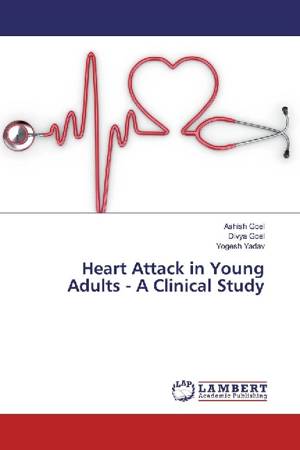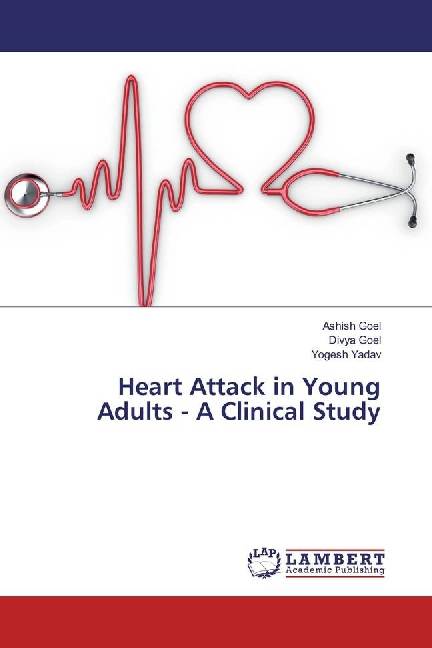
- Afhalen na 1 uur in een winkel met voorraad
- Gratis thuislevering in België vanaf € 30
- Ruim aanbod met 7 miljoen producten
- Afhalen na 1 uur in een winkel met voorraad
- Gratis thuislevering in België vanaf € 30
- Ruim aanbod met 7 miljoen producten
Zoeken
Heart Attack in Young Adults - A Clinical Study
Ashish Goel, Divya Goel, Yogesh Yadav
Paperback | Engels
€ 28,45
+ 56 punten
Omschrijving
The prevalence of Coronary Artery Disease (CAD) has progressively increased in India during the later half of the last century. Projection based on the Global Burden of Disease Study estimate that by the year 2020, the burden of atheroembolic cardiovascular disease in India would surpass that in any other region in the world. Despite impressive strides in diagnosis and management over past three decades, Acute myocardial infarction continues to be a major public health problem in industrialized world and developing countries. The risk of Coronary Artery Disease in Indians is 3-4 times higher than white Americans and as much as 20 times higher than Japanese people. Indians are prone as a community to Coronary Artery Disease at a much younger age and also show higher incidence of morbidity and mortality than other ethnic groups.
Specificaties
Betrokkenen
- Auteur(s):
- Uitgeverij:
Inhoud
- Aantal bladzijden:
- 72
- Taal:
- Engels
Eigenschappen
- Productcode (EAN):
- 9783330350649
- Uitvoering:
- Paperback
- Afmetingen:
- 150 mm x 220 mm

Alleen bij Standaard Boekhandel
+ 56 punten op je klantenkaart van Standaard Boekhandel
Beoordelingen
We publiceren alleen reviews die voldoen aan de voorwaarden voor reviews. Bekijk onze voorwaarden voor reviews.











